Media | Articles
Pontiac Tojan: The Car That Beat Ferrari to 200 MPH
Forget what the car books and the Internet tell you. The first production car to hit the magic 200 mph mark didn’t come from Maranello, in the shapely silhouette of the impressive F40. It came from Nebraska, in the slightly more challenging shape of the Pontiac Tojan. And it was three whole years earlier than the annals of automotive history might have you believe. Forty years ago precisely, in fact.
Ask any petrolhead of a certain age—particularly those who were schoolchildren in the late ’80s—what the first “double century” was, and it’s always Ferrari’s homologation machine that gets the honors. Who can blame them? It’s what Google tells you, and it’s what the press of the time proudly heralded, which of course was then talked about far and wide and with great enthusiasm by those schoolchildren.
Which is all well and good, except for the fact that three years previous to this remarkable Italian achievement, another vehicle, one available from the showroom floor of selected Pontiac dealers, had already clicked past the magical 200 mph mark. And almost without a whisper in the wider press. This car was the Pontiac Tojan, America’s blue-collar precursor to the mighty Ferrari and one that was perhaps a little more affordable to most enthusiasts, at around a tenth of the F40’s $400,000 sticker price.

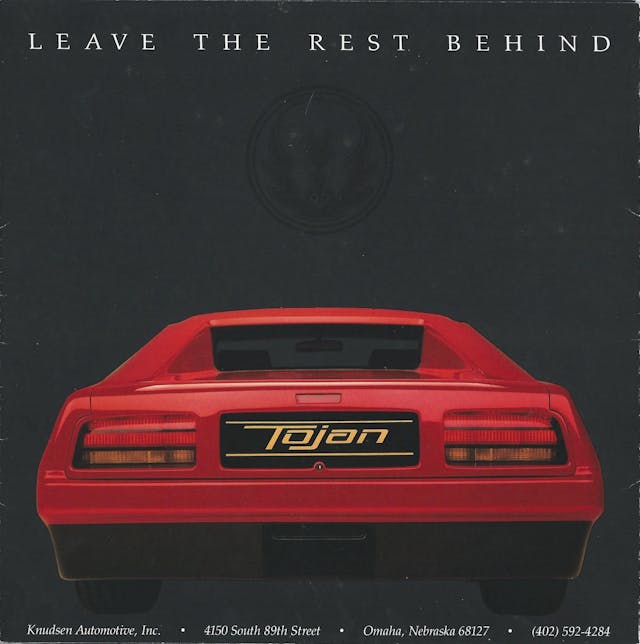
The Tojan story is an interesting one. Founded by Russ Knudsen in 1978, Knudsen Automotive began building “neoclassic” luxury cars along the lines of Great Gatsby–era pastiche designs like the Excalibur. The models were called the Baroque and were based on a GM G-body chassis and drivetrain to create a car that gave modern dynamics with classical styling. This small coachbuilder was keen to move with the times, however, and as the 1980s rolled around, Knudsen looked to see whether it could create something that suited the excessive aesthetic of the period, built once again on a GM-sourced chassis—and with the full blessing and support of the Detroit giant.
With the F-body Trans Am as his muse, Knudsen, alongside stylist Harry Bradley, penned his ideas for a svelte coupe, to be built from glass-reinforced plastic panels. The result is a hybrid construction that features a fiberglass hood, fenders, quarter panels, bumpers, and tailgate, built around the steel shell and doors of the Trans Am. If you squint a bit, you can very much still see the original car and its door swages peeking through, although the resulting design hangs together pretty well, in my humble opinion. Sketches were snail-mailed between Knudsen and Bradley, with little changes being made each way, until they’d managed to fine-tune the look of the thing. And whether you love or hate the final result, there’s no denying that it is both different and very representative of the design influences of the era.
Marketplace
Buy and sell classics with confidence
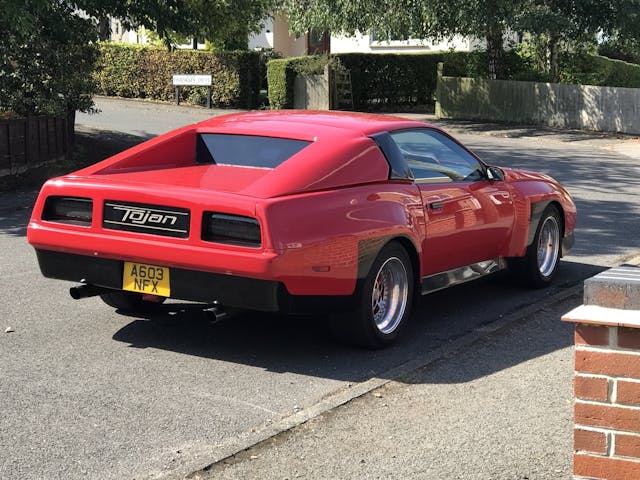
So, they had a design, they had a proven drivetrain, and in 1984 they were ready to press the button on a prototype. The very first car down the line, however, the car that would be used for all of those early motor show outings and brochure photoshoots, needed to hit a little harder, to make a noise in a sea of exotica, so Knudsen brought in fabled forced-induction guru and precision engine builder Gale Banks to create something truly special.
Banks had made a name turbocharging marine engines as far back as the late 1960s, but he also knew how to transfer that engineering prowess into a street-driveable motor. The solution he and Knudsen settled on? To simply drop Banks’ frankly insane, marine-proven 900-hp twin-turbo small-block V-8 into this first machine.
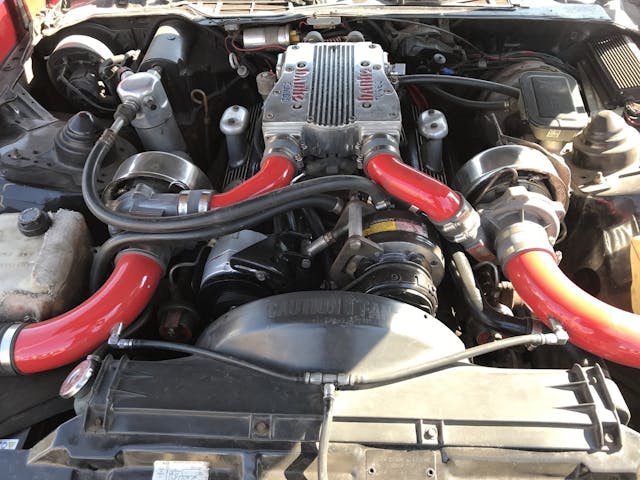
Still able to make a reliable 800 hp on pump fuel, the Tojan suddenly had what it took to create headlines and rock the supercar establishment. The resulting top speed run of this car allegedly took place on a very long, very straight road in Nebraska, easily clicking over 206 mph on the car’s digital speedo. Totally illegal. Totally unofficial. But there it was. The mythical double ton.
There may be a few of you at this point doubting Mr. Knudsen’s anecdotal evidence of this wild achievement, but when you start to examine what Banks was capable of—namely, creating a 1700 hp 454-cid V-8 that clocked 283 mph at a rainy Bonneville in another F-body Trans Am with minimal body mods—then it all starts to enter the realm of believability. Now, 800 hp is a lot of horsepower, and even with the glacial lag of those dustbin-sized turbos, you can imagine that with a road long enough, and a driver brave enough, it’s all decidedly possible. Sorry, Enzo…

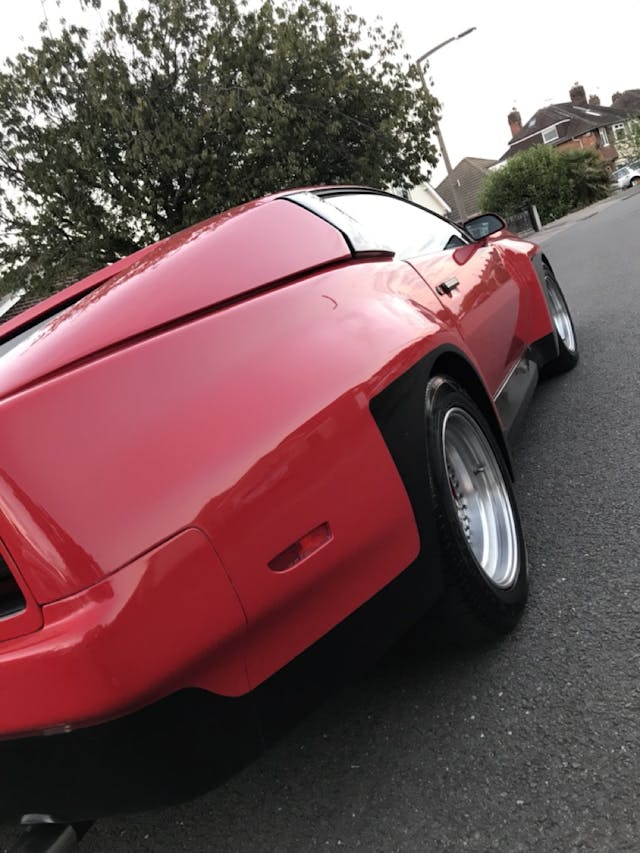
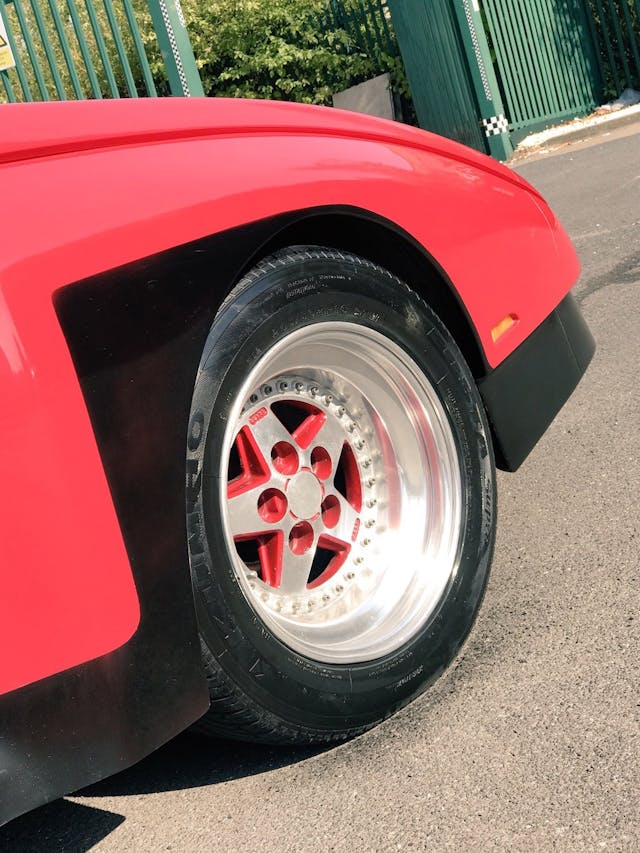
So, what happened to these crazy machines? After the success and press splash of the prototype, Knudsen went on to sell another 135 cars, mainly through Pontiac dealers and distributors, and with wildly varying specs that reflected the more bespoke nature of the machines and the intended clientele. Many options were available, like the aforementioned digital dash, a huge Countach-esque rear wing, Recaro seats, Gotti split-rim wheels, and, within reason, anything the customer wanted. Prices ranged from $36,000 to $62,000—and with TV appearances in shows like Miami Vice, Alien Nation, and even the Jay Leno movie Collision Course, the car began to make a name for itself, and for its creators.
As is almost always the case with these endeavors, and being the boutique manufacturer that they were, the Tojan was never going to be a volume seller, however. With the exception of one supercharged build, not one customer was brave enough to tick the ‘nuclear’ option of the rather expensive, full-fat Banks motor, despite it being an option available on every car. This makes the 200mph car the only one of its kind ever made.
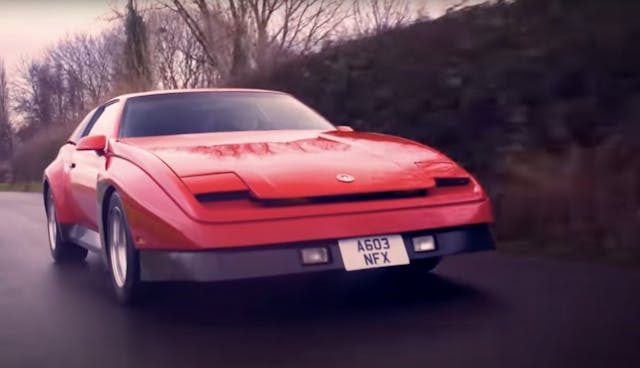
And what happened to that prototype, you ask? Believe it or not, it was shipped to an enthusiast in Poole, England, back in the mid-1980s, where it stayed up until a few years ago, when I was fortunate enough— perhaps persuasive enough—to add it to my collection. I’m delighted to say that Chassis #001 is still in the very rudest of health, although I can also attest that it probably hasn’t been within a sniff of 200 mph in a very long time. A previous engine rebuild many moons ago means that the choice Banks internals are no longer there, and although the car is still quite capable of picking up its skirts and going… eventually, thanks to all that lag, I’ve never been brave enough to drive it through the insane front end lift it generates at 140mph—where safe and legal to do so, of course. That’s plenty of speed for both a 40-year-old car and 50-year-old driver, anyway, don’t you think?
In this year of 40th anniversaries, it seemed only right to dust the old girl down for her celebration of four decades since this incredible first, and give her another moment in the sun. Our UK friends can expect to see the Tojan in pride of place at this year’s Radwood show, as well as in a slew of magazine and web features throughout the year. I may not have the official timing slip that the guys at Maranello got in 1987, but I’ve got Mr. Knudsen’s word as a gentleman, and Mr. Banks’ mark as an engineer, that I’ve got the world’s first 200-mph production car in the garage. And in my book, that’s even better.
***
Check out the Hagerty Media homepage so you don’t miss a single story, or better yet, bookmark it. To get our best stories delivered right to your inbox, subscribe to our newsletters.

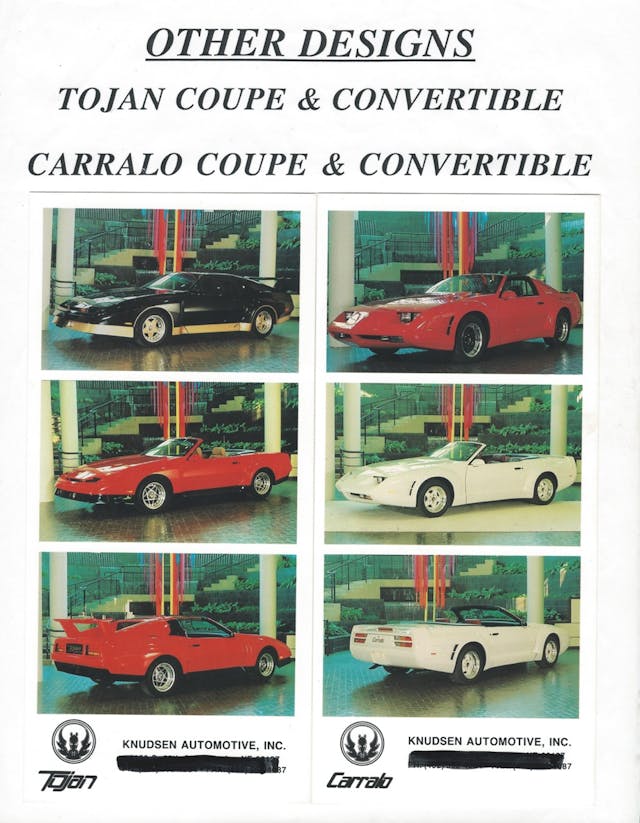
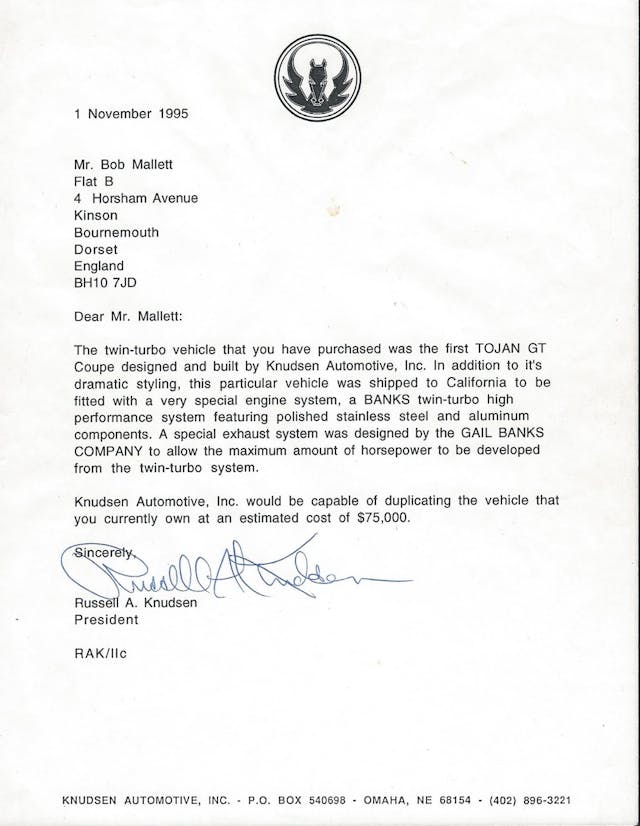

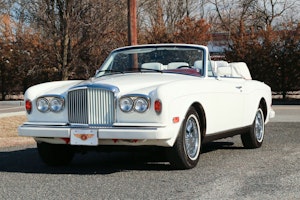
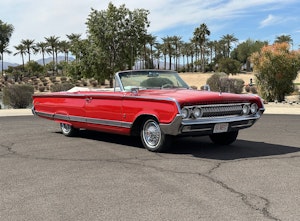
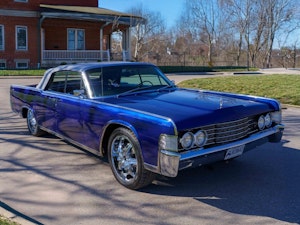


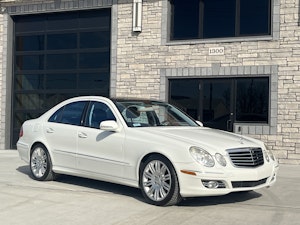
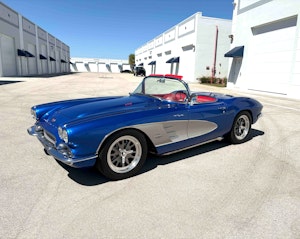



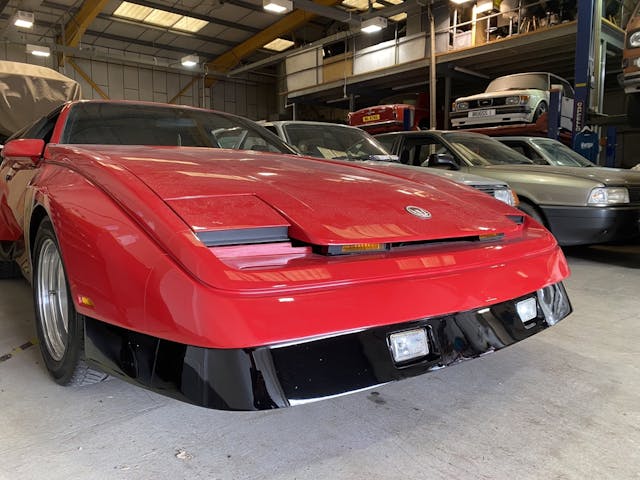
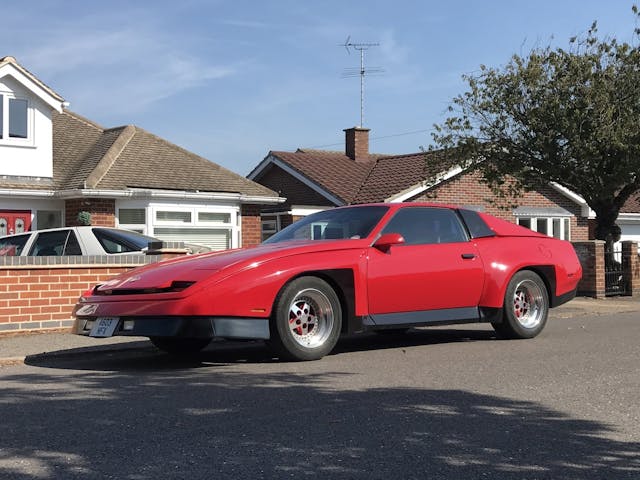
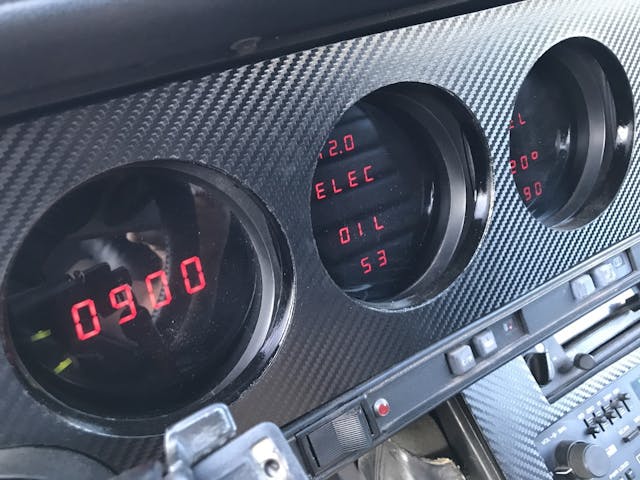
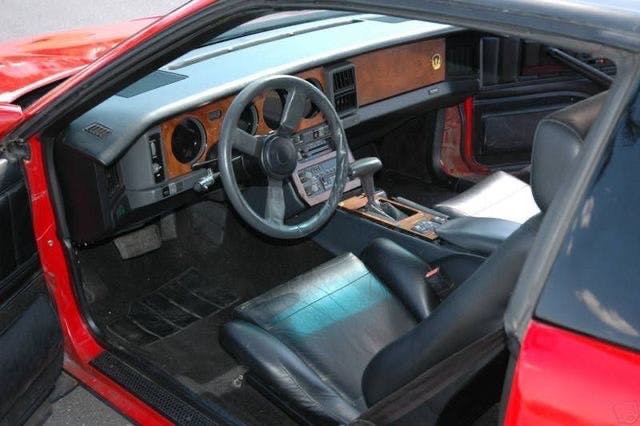












There is no reason this car, #1, couldn’t be fully restored to original specs. If it was and it could be proved that it did over 200, I would think it would go for big bucks at auction.
This car was always a piece of crap. It is not remembered well and it is certainly is not comparable to the Corvette of the day, much less a Ferrari. Gale Banks turbo hardware was incredible and may have powered it, but I find it highly unlikely that this thing exceeded 200mph. If you’re curious about the difficulty that can arise when pushing a largely stock Trans Am to that speed, check this out:
https://banks-assets.s3.amazonaws.com/mag_article_files/73/CarDriver_Jun84.pdf
This Trans Am is the car that caused me to downgrade the Countach to number 2 on my dream car list as a teen. The Toejam was not well sorted. If it was any better than the WS6 Performance suspension option that Pontiac offered, it was probably a Guldstrand suspension kit. This is not a good car and I only clicked the link because I wanted to make sure it wasn’t a joke. (It is…)
Good old American muscle. There is nothing else worth owning.
Congrats on the acquisition. Interesting car, but I think rather than comparing it to a normal Ferrari like a Testarossa it should be compared with the Koenig Competition. Similar thing, take the normal car, add a body kti and turbos and go over 200 MPH….in the case of the Koenig, well over.
If looks could kill, my 94 C-4 LT-1 (Ruby Red) would be on the hit list. I squinted my eyes, went to the garage and was sucked into a road trip. By the Way (BTW for you youngsters), ya’ll put out a great magazine. I love the ability to physically hold it, read and save it for further reference. See your April 94 issue pages 44-46. Specs are bettered by a Calloway turbo and so is, in all likelyhood, a C-4 LT-4. Boy, the marine engine business could make a seious retrorod. Tell your advertisers that I read and buy from the ads. An e-mail address would be nice in some ads since I do not subscribe to facebook or instagram.
Keep up the great work,
I see a Fiero lurking under the front. Put that motor in one of those and see what would have happened…
Back in the good old 60’s, urban legend (for whatever that’s worth, and without reference to specifc Mk1 – Mk4 models), said that the original Ford GT40’s could do 225 mph, and that for homologation, the street versions were detuned go (only) 180. On TV at that time. there used to be gasoiline ads (probly Gulf or Shell) showing a GT40 tooling down a 2 lane blacktop, but likely not going anywhere near that fast.
?Ever daydream of taking a GT40 down the Pike at 225 (or even 180), just once? Couldn’t get away with that now with all the lasers, cameras, and time-stamped toll tickets, you’d end up in jail for sure.
In that regard, it may not be such a great idea to talk-up going 200 down any (hopefully) empty public road, even in Nebraska to beat Ferrari. Reminiscent of old news reports about decade ago of various motorcycles ticketed for speeds from ~160 up to 205 mph (a Honda !, in Minnesota or Wisconsin – altho not everbody believed it was possible, and maybe the airplane-based timing was off). Admittedly having maxed out a few wheels a few tmes long ago when young and stupid, that kinda stuff ain’t too bright and is highly illegal and liable too, if something were to go wrong and you just happened to survive it. Not to mention aerodynamics, and whether you’re risking having a flying car the hard way.
Still, it might be nice to see a follow-up Hagerty article about the original GT40’s, with emphasis on the cars and mechanical issues (rather just who raced what car where, or bought what high priced collector car). Might make be a nice read for those of us who could only afford the original GT40’s MSRP of ~$16,500, even now, and must play with toy models, instead of the real thing.
Gale Banks Engineering built a twin turbo blow through highly modified Trans Am that achieved 203 MPH in the year 1986. I had one built by them with a shorter rear end ratio (3.73) that ran 188 MPH.
One exists in The Lingenfelter Collection optioned with the Countach style rear wing.
Don’t know why I never heard of this car.
Hey Greg, How about a Nice Yugo ride across the Mackinaw Bridge on a Windy Day 😉
Ok, what about the 1969 Dodge Charger Daytona? You might want to check the old hot rod mags. I believe it stated the 200 MPH line was broken with a Dodge passenger family car. Could you please fact check it for me?
Anybody else see fore shadowing of the Fiero here?
Reading this was a little like ‘click bait’ videos on social media. A ‘one of’ car claiming to be an example of a production car that claims a speed that was attained with no evidence except a mathematical equation. If you look back at Firebirds and such that ran engines like the Banks turbos at Bonneville it’s pretty obvious the aero updates required to run at very high speeds. Really, if you want to stretch the limits, I recall Banks powered F-bodies and even a Regal or two running at extreme speed on the salt. They were one off F and G -bodies built from production cars. Maybe they would qualify for this claim just as much as this poorly named refugee from a Hardcastle and McCormick casting call.